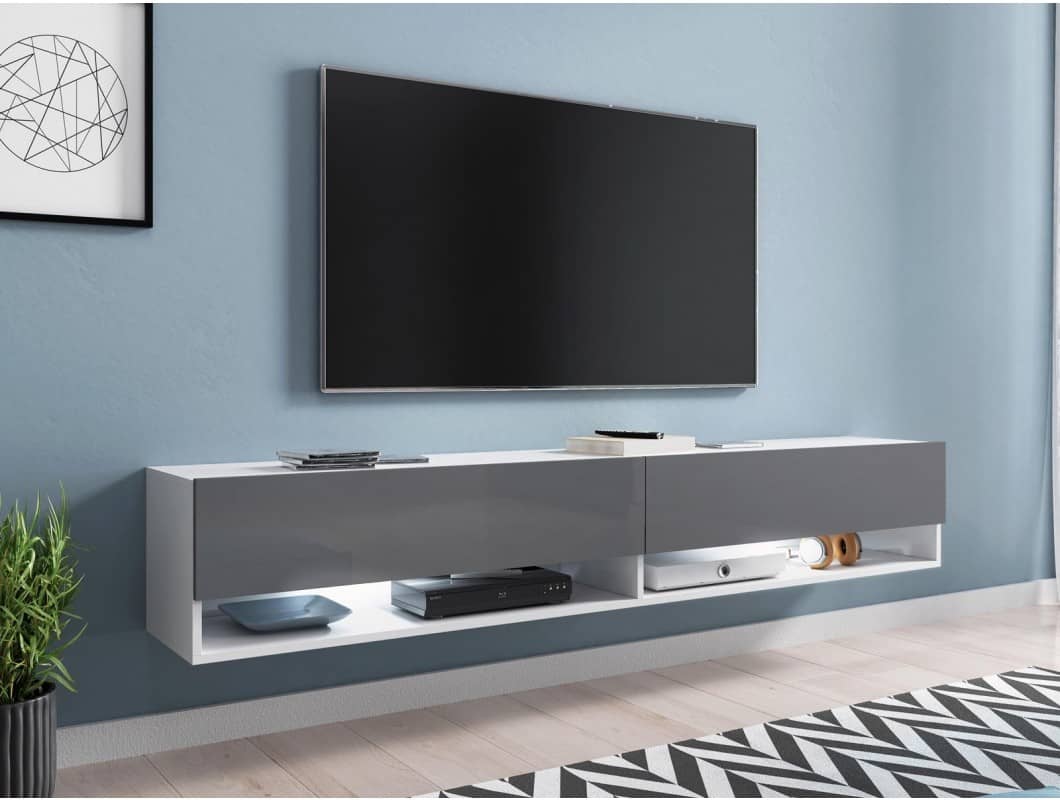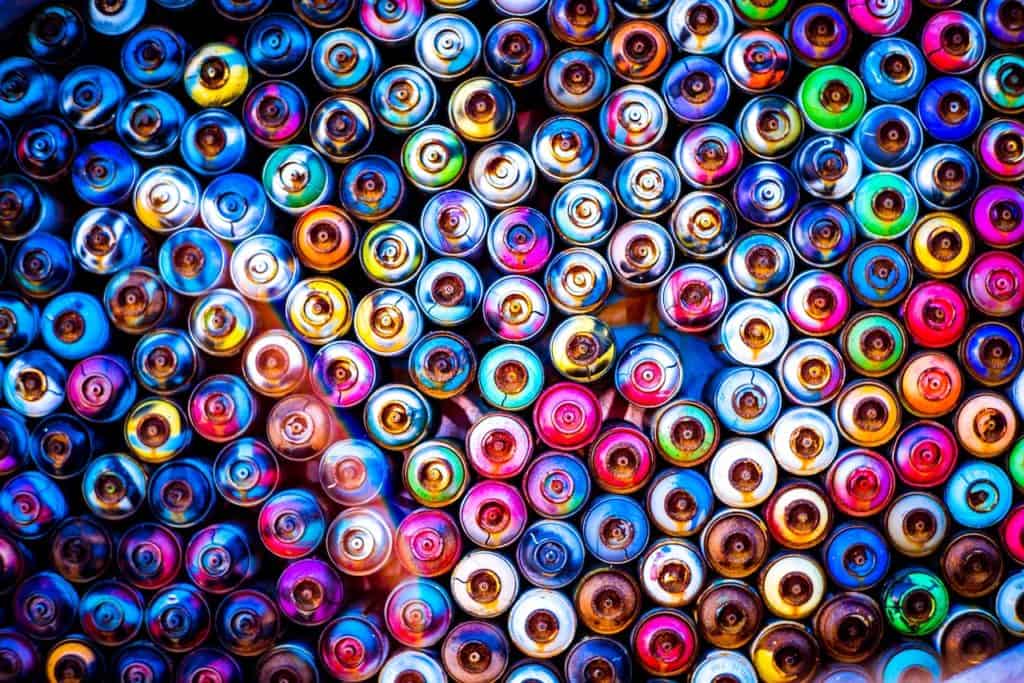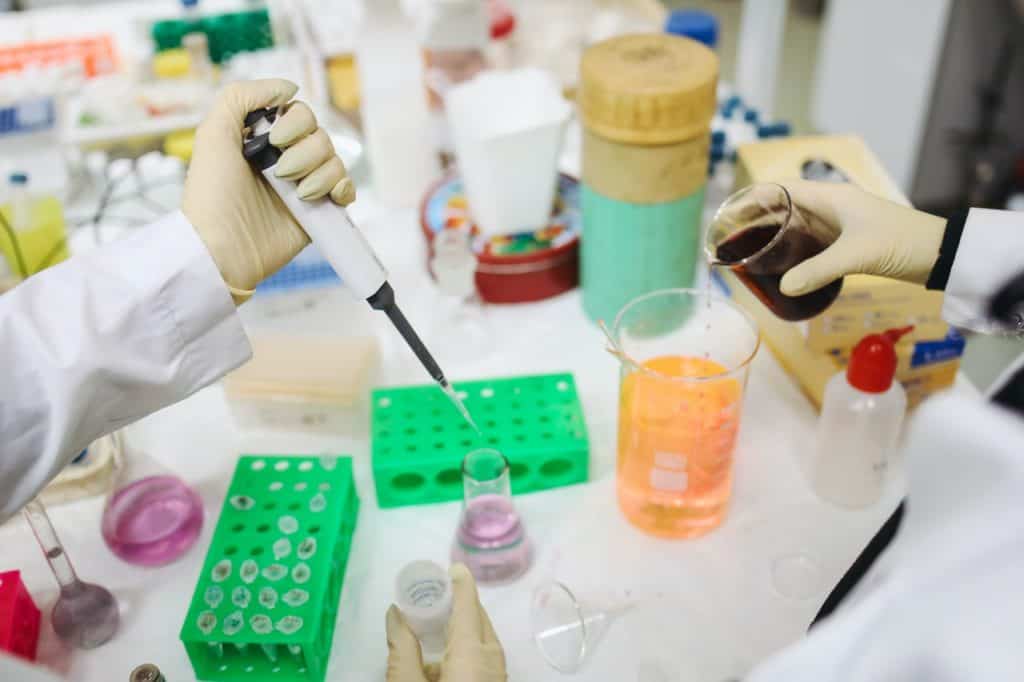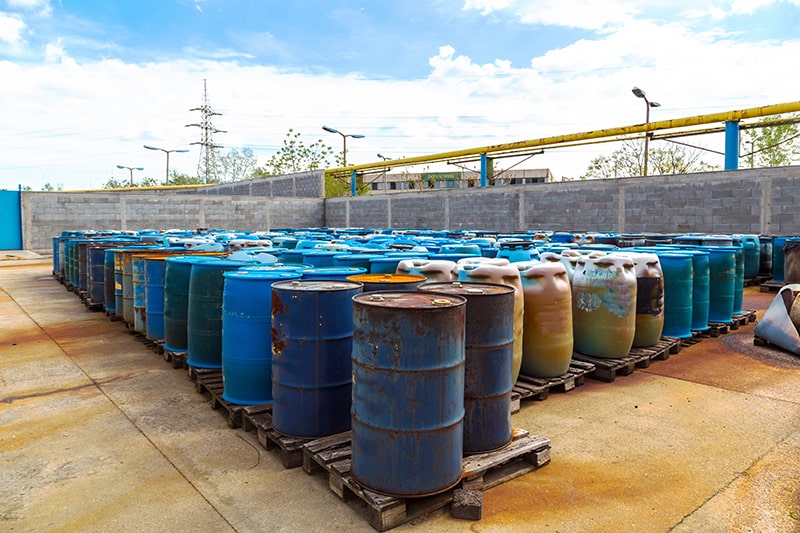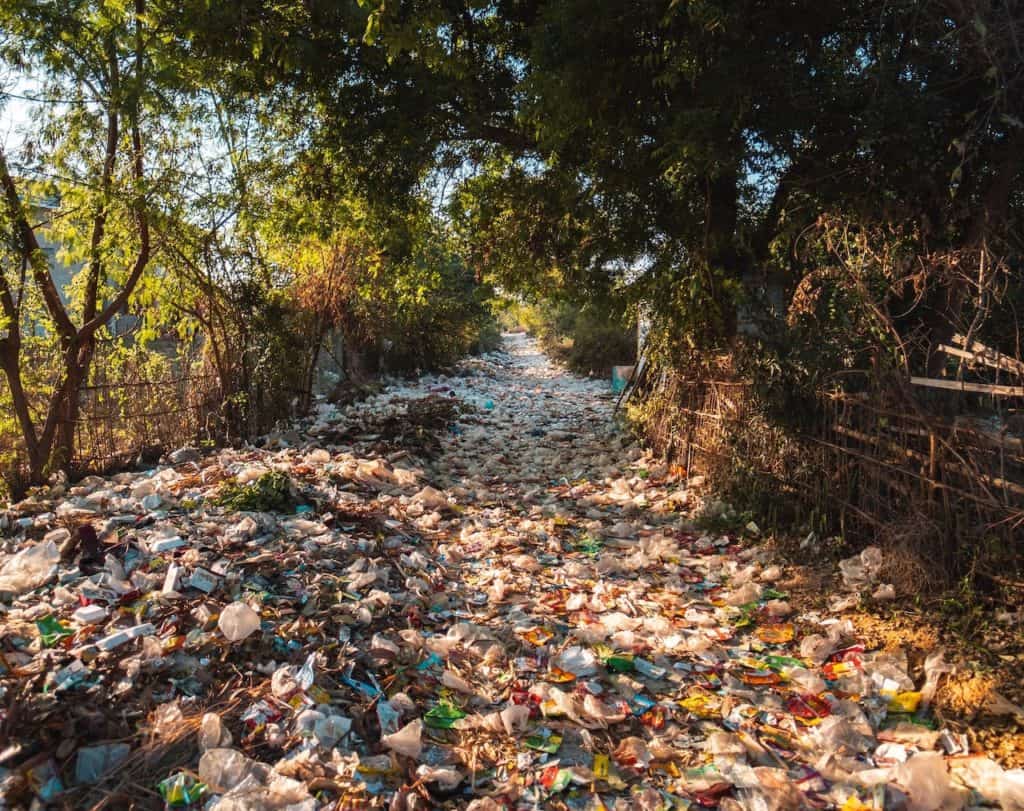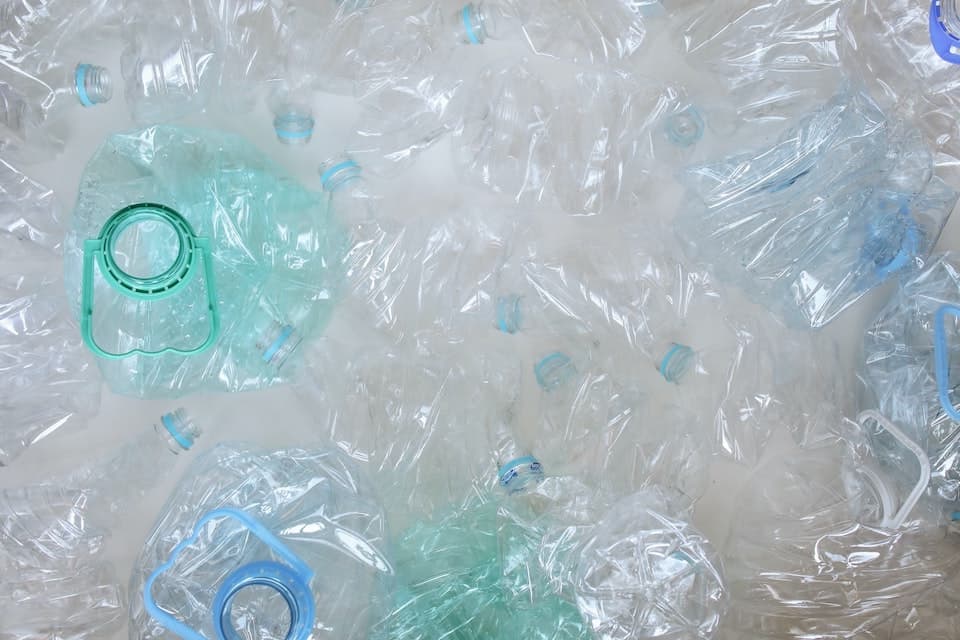At some stage, you’ll get rid of an old television. You want to upgrade to a new one, so what happens to the old one? Instead of throwing it in a landfill, you should look into TV recycling. A lot of people are unaware that you can recycle many of the components that make up televisions.
How does this work? Well, TV’s are typically taken to electrical waste processing centres. Here, they undergo various processes to ensure that the plastic, glass, and other materials, are taken care of. If you want to learn more, then allow us to explain some of the fundamental points of TV recycling.
Recycling the glass from TV monitors
Televisions come in two main varieties. First, you have the traditional CRT TV screens. These are the old-school ones that have a massive back extending behind them. A TV like this will undergo a slightly different recycling method than a modern LCD flatscreen TV.
With CRT TV’s, the Cathode Ray Tubes (CRT) get removed and sent to a special glass processing unit. From here, they’re recycled back into CRT glass to be re-used for other applications.
With LCD flatscreen TV’s, they contain special fluorescent tubes in the screen. These get taken out and recycled on their own. Then, the glass can be recycled as well.
Plastic recycling from televisions
Of course, a huge portion of a TV is made out of plastic. This includes the main structure around the screen, along with elements of the circuitry inside. Thankfully, most TV’s are made with recyclable plastics. They’re removed from the device and recycled separately. In turn, the plastic can then be used to create other products.
Likewise, the same happens to other metal elements of the TV as well. They’re deconstructed and sent to proper metal recycling plants where they can be turned into new products.
Recycling TV electronics
What happens to all the inner workings of a TV? All the cables and circuitry will typically be taken apart. The wiring is stripped to gain access to valuable materials – like copper. This can then be re-used in other applications.
With circuit boards, they are often smelted down to claim the metals used inside. This only happens if the TV is faulty. If the TV still works fine – but has physical damages – then the circuits will likely be saved and re-purposed.
Around 98% of a TV can be recycled
You may not realise this, but around 98% of a television can be recycled. This means that throwing it in a landfill is a waste of so many good materials. Usually, the only elements of a TV that can’t be recycled are ones containing potentially hazardous chemicals. Most TV’s have phosphorous in them, and this needs to be extracted and safely disposed of before the rest of the TV gets recycled.
Hopefully, this has shone some light on the TV recycling process. So, if you’ve got some old TV’s that you’re thinking about throwing away, take them to your local recycling centre. They’ll hold onto your device and send it away to a proper processing plant.

